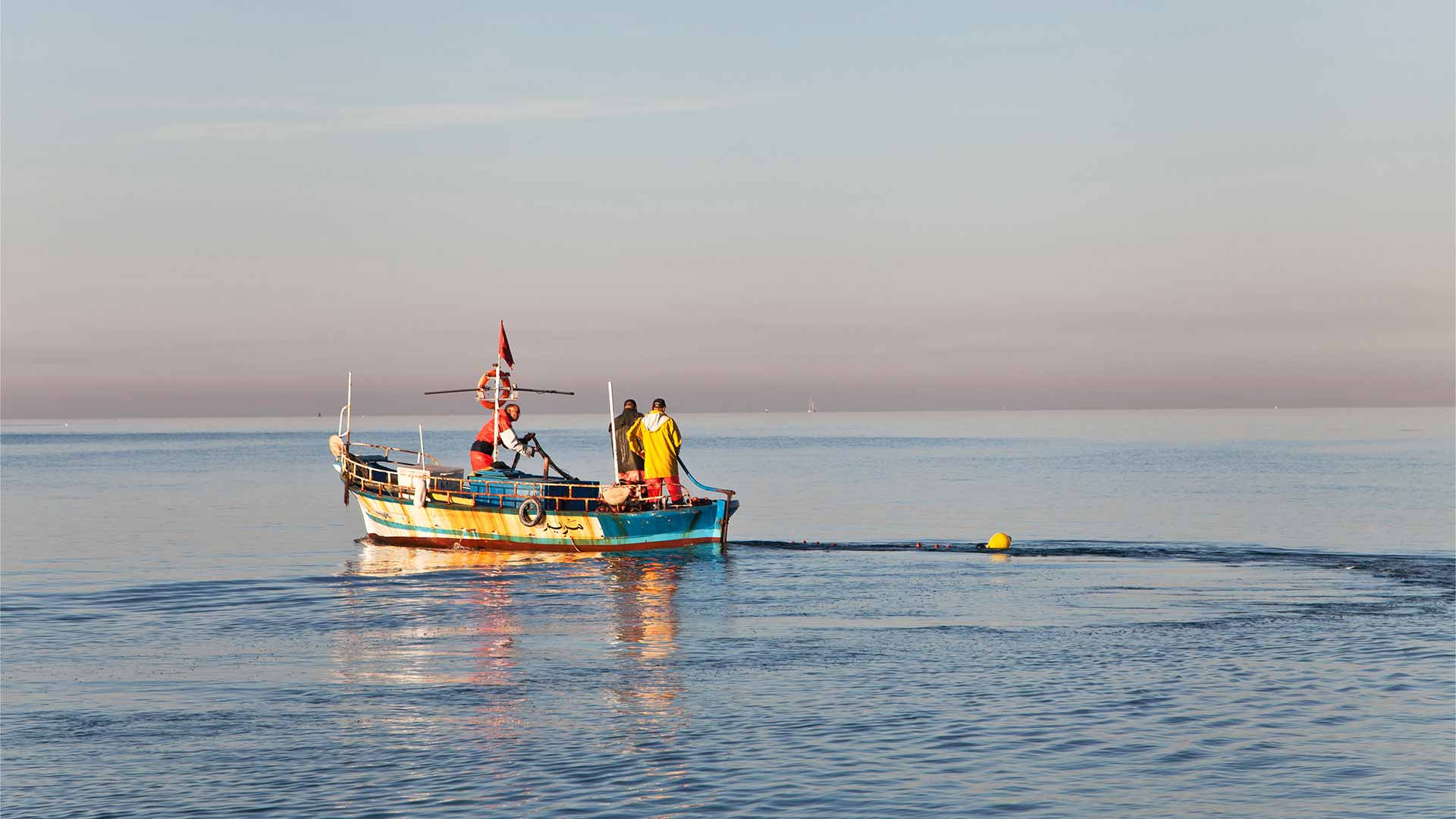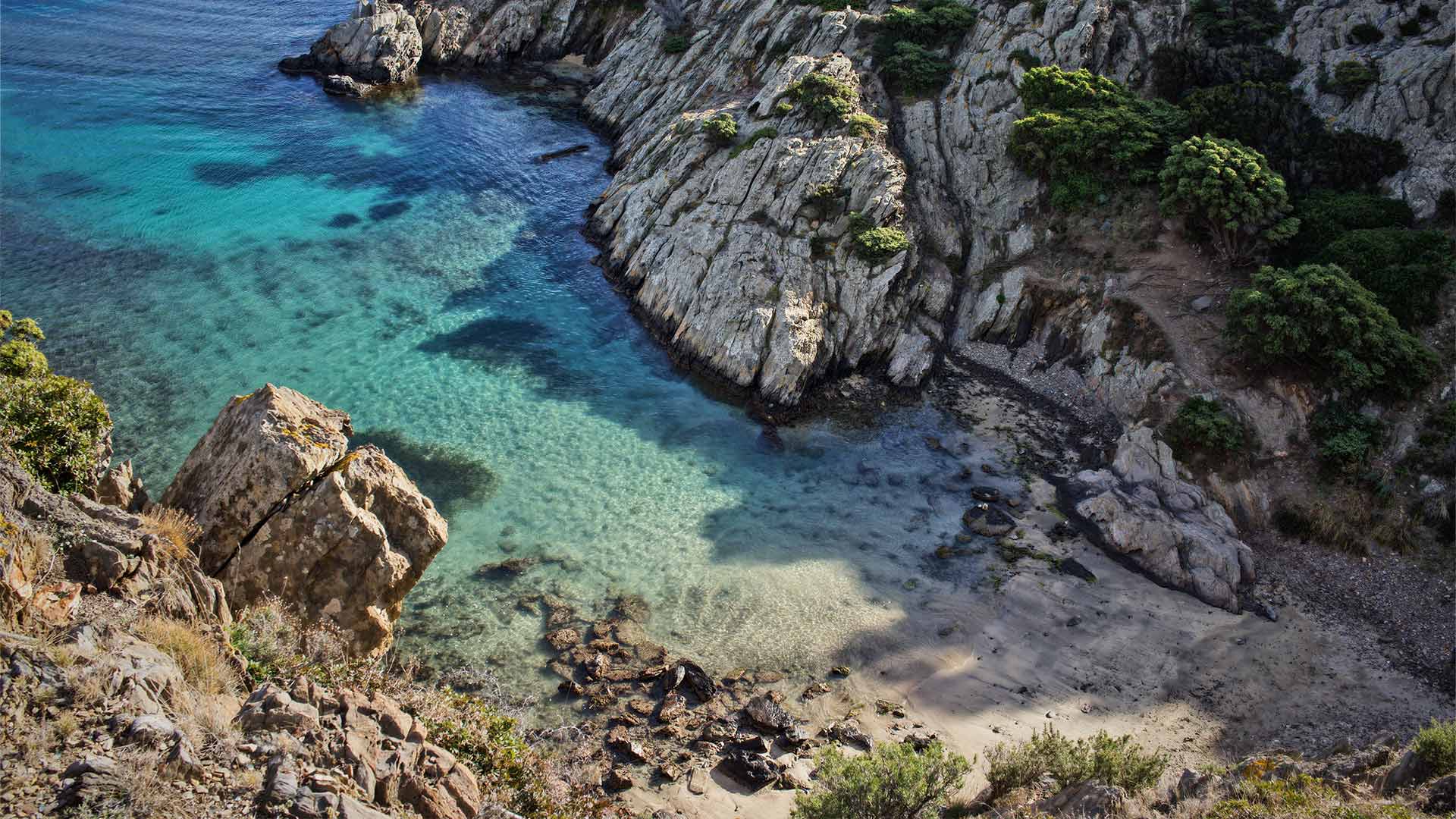Closing the financing gap of marine conservation

Closing the financing gap of marine conservation
“Global expansion of MPAs without adequate investment in human and financial capacity will lead to sub-optimal conservation outcomes.”
Finding effective solutions for protecting threatened marine biodiversity has become a global priority. In this context, marine protected areas (MPAs), which act as networks of biodiversity reservoirs, are keystones of marine conservation policies [1]. MPAs that can guarantee effective protection can also provide considerable benefits to human populations through a variety of cascade effects. For example, MPAs can ensure a durable and dependable catch for fisheries (“spill-over effect”), playing a crucial role in subsistence or market economies. They can host recreational activities, thereby providing economic benefits to local communities through tourism, while being a source of well-being to people globally. Thus, MPAs should also be seen as an important tool for maintaining resilient coastal communities.
Effective protection, however, necessitates good management, which in turn, necessitates resources. Staff and budget, in particular, have been identified as the main factors limiting MPA effectiveness [2]. MPA effectiveness refers to the ecological effects of a MPA, measured as the increase in fish biomass, in proportion of restored habitats or in number of marine species for example. MPAs with adequate staff capacity produce ecological effects almost three times greater than MPAs with inadequate staffing. Currently, 65% of MPAs report an inadequate budget for basic management needs and 91% of MPAs declare an inadequate or below optimum on-site staff capacity [3].

International negotiations for post-2020 (post-Aichi) global marine coverage by MPAs are well under way, with a target of 30% coverage. Consistent with these negotiations, numerous MPAs were founded over the recent years [4]. Yet, “continued global expansion of MPAs without adequate investment in human and financial capacity is likely to lead to sub-optimal conservation outcomes” [3]. Although some countries, like France (country with the second largest economic exclusive zone in the world), have declared they will commit one third of this 30% coverage (10% of the total) to so-called “strong protection”, they still have a long way to go. In the French Mediterranean Sea and in the French Atlantic/Channel/North Sea area, respectively only 0.1% and 0.01% of waters are currently either highly protected (very limited extraction activities) or fully protected (no extraction), the two categories considered to deliver significant ecological and social benefits [5].
This lack of funding for the protection of biodiversity, with its deleterious effects on conservation and local communities, is called the “financing gap”. Planet-wise, the gap between what is needed to sustainably manage biodiversity and maintain the integrity of Earth’s ecosystems, compared with what is currently invested in conserving nature, is between US$ 598-824 billion per year [6]. Current levels of funding cover only between 16-19% of the overall need to halt biodiversity loss. For the Ocean specifically, it is estimated that US$ 175 billion per year are needed to reach the UN Sustainable Development Goal n°14 (‘conserve and sustainably use the oceans, seas and marine resources for sustainable development’), while current levels of funding for this represent US$ 52 billion a year [7].
In 2015, Thomas Binet, founder of Vertigo Lab, led a study for MedPAN, SPA/RAC and WWF Mediterranean – with the financial support of the MAVA foundation, the Fonds Français pour l’Environnement Mondial and the Agence des Aires Marines Protégées – on the financial situation of MPAs in the Mediterranean Sea [8]. Using official data from 14 countries surveyed, the authors calculated a financing gap of € 700 million per year to reach the 2020 Aichi target of a 10% coverage of the Mediterranean by effectively managed MPAs, with current financial resources covering only 12% of the needs to reach this objective. Mediterranean MPAs have historically relied on two key sources of funding: government and donor funding. However, these sources are clearly not sufficient and there is an urgent need for MPAs to consider securing new streams of income, particularly as global MPA coverage targets are about to increase three-fold.

Following this report, BlueSeeds was born in March 2018 with one of its missions being to help MPAs co-develop a well-established and sustainable financial strategy that would finally enable them to reach their conservation objectives. BlueSeeds’ more general mission is to explore alternative avenues for conservation with indirect levies like entrepreneurship or new funding mechanisms in a Blue Economy perspective to improve effectiveness, impact and sustainability of conservation.
The solutions proposed by BlueSeeds are summarised in the five solutions identified by Bos et al. (2015):
- Financial strategies for marine conservation.
- Increased research on and development of finance mechanisms.
- Integration of financial planning into conservation planning.
- Engagement of businesses in reducing the gap in conservation funding for marine ecosystems.
- Definition of a scope, a speciality, and a terminology for the emerging field of marine conservation finance.
Thus, with its multidisciplinary approach and team, BlueSeeds is clearly positioned in the experimental and emerging field of marine conservation finance, a field that necessitates collaboration across sectors (multi-lateral organisations, public and resource users, governments, for-profit companies, non-profit organisations, research institutions, and philanthropists) and collaboration across disciplines (conservation planning, marine ecology, social sciences, environmental sciences, environmental economics, business, sustainable development, and impact investing) [9]. Although BlueSeeds’ current field of operation is mostly focused on the Mediterranean Sea, its ultimate goal is to transpose the solutions it is developing inside the Mediterranean to other parts of the world.
References
[1] Sala E, Giakoumi S (2018) No-take marine reserves are the most effective protected areas in the ocean. ICES Journal of Marine Science, 75, 1156–1159.
[2] Coad L, Watson JE, Geldmann J, Burgess ND, Leverington F, Hockings M, Knights K, Di Marco, M. (2019) Widespread shortfalls in protected area resourcing undermine efforts to conserve biodiversity. Frontiers in Ecology and the Environment, 17, 259-264.
[3] Gill DA, Mascia MB, Ahmadia GN, Glew L, Lester SE, Barnes M, Craigie I, Darling ES, Free CM, Geldmann J, Holst S, Jensen OP, White AT, Basurto X, Coad L, Gates RD, Guannel G, Mumby PJ, Thomas H, Whitmee S, Woodley S, Fox HE (2017) Capacity shortfalls hinder the performance of marine protected areas globally. Nature, 543, 665-669.
[4] Maxwell SL, Cazalis V, Dudley N, Hoffmann M, Rodrigues ASL, Stolton S, Visconti P, Woodley S, Kingston N, Lewis E (2020) Area-based conservation in the twenty-first century. Nature, 586, 217-227.
[5] Claudet J, Loiseau C, Pebayle A (2020) Critical gaps in the protection of the second largest exclusive economic zone in the world. Marine Policy, 124, 104379.
[6] Deutz A, Heal GM, Niu R, Swanson E, Townshend T, Zhu L, Delmar A, Meghji A, Sethi SA, Tobin de la Puente J (2020) Financing nature: closing the global biodiversity financing gap. The Paulson Institute, The Nature Conservancy, and the Cornell Atkinson Center for Sustainability. 256 pp.
[7] Johansen DF, Vestvik RA (2020) The cost of saving our ocean – estimating the funding gap of sustainable development goal 14. Marine Policy, 112, 103783.
[8] Binet T, Diazabakana A, Hernandez S (2015) Sustainable financing of Marine Protected Areas in the Mediterranean: a financial analysis. VertigoLab, MedPAN, SPA/RAC, WWF Mediterranean. 115 pp.
[9] Bos M, Pressey RL, Stoeckl N (2015) Marine conservation finance: the need for and scope of an emerging field. Ocean and Coastal Management, 114, 116-128.